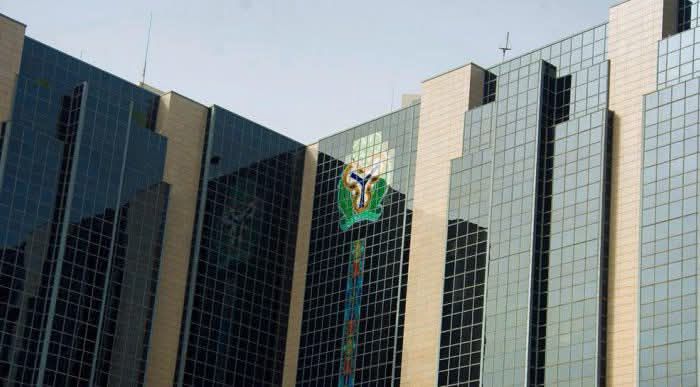
Central Bank Loans In Nigeria Surged By 13.31 Trillion Naira In 2024 Amid Liquidity Crunch
The Central Bank of Nigeria’s (CBN) October 2024 report highlights a significant liquidity crunch in the banking sector, reflected in the substantial rise in borrowings through the Standard Lending Facility (SLF).
Total withdrawals via the SLF hit ₦16.9 trillion in October 2024, up from ₦7.9 trillion in September and a stark contrast to ₦3.6 trillion in January—a 370% increase in 10 months. This reflects heightened liquidity challenges among deposit money banks.
The average banking system liquidity decreased in October due to factors such as monetary operations withdrawals, Cash Reserve Ratio (CRR) debits, and Open Market Operations (OMO) activities.
Treasury Bills sales and foreign exchange OMO settlements have further exacerbated banks’ financial strain.

The CBN raised the Monetary Policy Rate (MPR) five times in 2024, from 18.75% in January to 27.25% by September. Higher rates have discouraged deposit inflows and increased the cost of borrowing.
Banks deposited far less via the SDF compared to SLF borrowings, with October SDF deposits reaching only ₦3 trillion, 82% lower than SLF activity. This indicates constrained liquidity and limited excess funds among banks.
The heavy reliance on the SLF suggests that some banks may face difficulties meeting short-term obligations, raising concerns about overall financial stability.
Higher borrowing costs have strained banks, particularly as they grapple with CRR debits and treasury sales.
Liquidity constraints may hinder lending to businesses and individuals, slowing economic activity.
Conclusion
The CBN’s measures reflect its attempt to control inflation and stabilize the naira but highlight the need for balancing monetary tightening with ensuring sufficient liquidity in the banking system.


